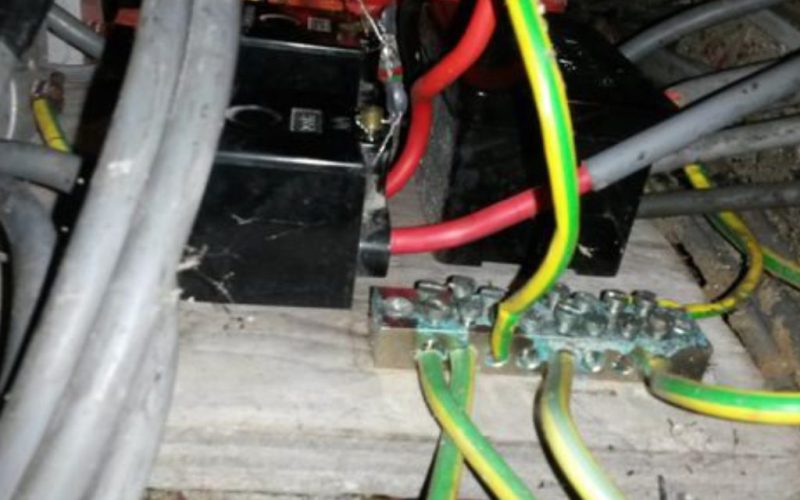In the modern business landscape, a reliable and efficient electrical system is the backbone of any commercial enterprise. From powering complex machinery to illuminating expansive office spaces, commercial electrical installations play a pivotal role in ensuring seamless operations. In this blog post, we will delve into the nuances of commercial electrical installation, exploring the key components, safety protocols, and trends shaping the industry today.
Understanding Commercial Electrical Installation
Commercial electrical installation involves the setup and maintenance of electrical systems in commercial buildings such as offices, factories, retail stores, and warehouses. Unlike residential installations, commercial projects are often more complex due to higher power demands and diverse requirements. Let’s explore the fundamental aspects of commercial electrical installations.
**1. ** Planning and Design: Before any installation takes place, meticulous planning and design are essential. This phase includes assessing power needs, creating electrical blueprints, and ensuring compliance with local codes and regulations. Collaborating with experienced electrical engineers is crucial to designing a system tailored to the specific needs of the commercial space.
**2. ** Safety First: Safety is paramount in commercial electrical installations. Proper grounding, circuit protection, and adherence to safety codes are non-negotiable. Electrical professionals must follow safety protocols to prevent accidents, ensuring the well-being of both workers and occupants of the commercial space.
**3. ** Component Selection: Choosing the right components is pivotal in ensuring the efficiency and longevity of the electrical system. From high-quality wires and cables to durable switches and outlets, every component must meet industry standards. Energy-efficient lighting solutions, such as LED fixtures, are also gaining prominence in commercial spaces due to their environmental and cost benefits.
**4. ** Integration of Renewable Energy Sources: With the growing emphasis on sustainability, integrating renewable energy sources like solar panels into commercial electrical systems has become a trend. This not only reduces the carbon footprint but also leads to significant cost savings in the long run.
**5. ** Automation and Smart Technologies: The rise of automation and smart technologies has revolutionized commercial electrical installations. Smart lighting systems, HVAC controls, and energy management solutions enhance efficiency and provide businesses with greater control over their energy consumption.
Challenges and Solutions
While commercial electrical installations offer numerous benefits, they are not without challenges. Managing complex wiring networks, ensuring scalability for future expansions, and addressing power quality issues are common hurdles faced by electrical professionals. However, with advancements in technology and continuous training, these challenges can be overcome. Regular maintenance and proactive troubleshooting also play a crucial role in ensuring the smooth operation of commercial electrical systems.
